Tom Gehani, VP of Product and Growth at Simbe, explains how real-time shelf intelligence helps retailers uncover hidden inefficiencies, recover lost sales, and create more connected, customer-centric shopping experiences.
In modern retail, every misplaced label or empty shelf represents more than a lost sale. It’s a lost moment of trust.
As shoppers blend online convenience with in-store immediacy, retailers are under pressure to make every aisle as intelligent as their ecommerce platforms. The challenge isn’t just stocking products; it’s seeing what’s really happening on the shelf, in real-time.
That’s where shelf digitisation is rewriting the economics of retail.
By turning every product-facing unit into a data point, real-time shelf visibility helps retailers bridge the divide between physical and digital, uncover inefficiencies that quietly drain profits, and deliver on the promise of omnichannel consistency.
 “Omnichannel execution often stumbles when online promises don’t match in-store reality… Bridging that gap starts with digitising the physical shelf so it’s as transparent as the digital store. Real-time shelf intelligence acts as the critical source of truth between the two,” says Tom Gehani, VP of Product and Growth at Simbe.
“Omnichannel execution often stumbles when online promises don’t match in-store reality… Bridging that gap starts with digitising the physical shelf so it’s as transparent as the digital store. Real-time shelf intelligence acts as the critical source of truth between the two,” says Tom Gehani, VP of Product and Growth at Simbe.
Tom talks about how real-time shelf visibility is helping retailers close the gap between data and execution, turning aisles into intelligent ecosystems that drive profitability, precision, and customer trust.
Excerpts from the interview:
How can real-time shelf visibility reshape the economics of inventory management?
Real-time shelf visibility removes one of retail’s biggest blind spots: a gap between “what we think is in the store” and “what is actually on shelf”. Without this visibility, retailers face phantom inventory, lost sales, overstocks that quietly drain margin, and disappointed customers who can’t find the products they expect on the shelf.
Digitising the shelf gives retailers a trusted, constantly updated picture of product availability, pricing and promotional execution, and placement. That insight fuels smarter replenishment, reduces shrink, and improves forecasting.
In fact, Coresight data shows that 5.5% of sales and 5% of margin are lost to store inefficiencies that shelf digitisation can address.
One finance leader at SpartanNash told us that often what they thought was an in-stock issue turned out to be driven by misplaced or inventory stranded in the backroom. With that clarity, they recovered sales and lifted margins.
In an industry where even a 1% improvement can translate into millions, real-time intelligence reshapes inventory economics from reactive guesswork to proactive precision.
What’s the untapped value in analysing “walk-by” data when customers see but don’t buy?
Historically, retail operated with very limited data sets. The adage of the industry used to be “stack it high, and watch it fly” – the assumption being the existence of product on the shelf was all that was needed for successful merchandising strategies.
Modern consumers have more choices than ever, and as a result, retailers must change their execution approach. Most retailers measure success at the register, but this often misses much-needed context.
The reason for poor sales can vary; in addition to customers viewing but choosing not to buy a product (“walk-bys”), poor placement, out-of-stock items, missing promotions, or pricing mismatches often lead to items that would have been bought losing the sale.
For example, one in five desired items are unavailable in-store, with 24% of shoppers switching to competitors when shelves are empty, and 50% of Instacart items ordered online are substituted or not found, eroding omnichannel trust.
By increasing their knowledge of shelf intelligence along with other signals like point of sale and shopper preferences, retailers can diagnose the true opportunities in their assortments.
For example, if shoppers repeatedly bypass an item that’s fully stocked but incorrectly priced, that insight can immediately inform both merchandising and vendor strategy. Or if an item is consistently and frequently out on the shelf, planogram optimisations that would allow a higher shelf holding capacity by removing less productive item facings could lead to better results.
This data transforms missed sales into learnings, helping retailers fine-tune assortments, layouts, and promotions to better meet demand.
Can store intelligence predict demand shifts before they hit the POS system?
Yes, it can. Store intelligence offers the most reliable data infrastructure available to power retailers’ AI strategies.
POS data only shows demand after a sale, but shelf intelligence spots signals like fast-depleting items, unexpected spikes, or substitutions much earlier. At Schnuck Markets, leaders discovered they were missing up to ten times more out-of-stocks than expected once shelves were digitised.
As they described it, the data revealed a demand they hadn’t realised was there until it was too late. That visibility allowed them to respond faster and adjust replenishment before sales were lost.
By surfacing demand shifts earlier, retailers not only protect revenue but also give their supply chains the lead time needed to respond proactively.
How can retailers use shelf-level data to drive dynamic, in-store pricing?
Complex supply chains, varying geopolitical conditions, changing customer preferences, and increased competition mean retailers need to be more responsive and capable of pricing changes than ever.
A recent study by Simbe found that prices are changing much more dramatically than ever, with categories like pasta seeing a 300% increase from 15 items per store changing prices a month, to approximately 60 items by February 2025.
Dynamic pricing can be tricky to execute correctly, however, due to the need to manage customer concerns around “surge” pricing, as well as ensuring a store associate’s ability to execute and a retailer’s confidence in pricing accuracy and compliance, even with solutions like electronic shelf labels.
Historically, retailers relied on manual audits, which frequently led to gaps in compliance and often significant fines when shelf prices didn’t match the price at the register. Simbe’s solutions help retailers monitor both on-shelf availability and price and promotional compliance through automation and at scale, consistently, frequently, and accurately.
That foundation makes it possible to flex prices responsibly – whether lowering perishables approaching expiration, matching local competition, or adjusting to real-time demand. Several retailers have seen dramatic improvements here; one farm and home chain reported pricing accuracy improved by nearly 90% in test stores.
With that level of confidence, they could explore pricing strategies that protect margin without sacrificing trust.
In a world of omnichannel retail, how do you bridge the intelligence gap between physical shelf and digital shelf?
It’s clear that customers prefer retailers with strong omnichannel solutions. Buy-online-pick-up-in-store, curbside pickup, and even same-day delivery are becoming table stakes, and all rely on retailers being able to leverage their forward-deployed inventory inside their physical stores to compete profitably.
Omnichannel execution often stumbles when online promises don’t match in-store reality, leading to substitutions and disappointed shoppers. Bridging that gap starts with digitising the physical shelf so it’s as transparent as the digital store.
Real-time shelf intelligence acts as the critical source of truth between the two, powering ecommerce systems with accurate availability, pricing, and location data. A grocery CIO described this as “finally operating with ground truth – and the math works.”
Once shelves are digitised, retailers can dramatically improve fulfilment accuracy, reduce substitutions, and give store teams the tools to pick faster and more confidently.
Is it time for retailers to think of shelf-edge space the way brands think of Google search real estate?
Absolutely. The shelf edge is prime real estate – just as valuable as the top slot in a Google search – because it determines what products shoppers see and buy.
Brands big and small often spend significant parts of their marketing budgets on “slotting fees” and vendor income agreements to get preferred placements and shelf space in stores.
But execution has historically been opaque, leaving brands uncertain if their investments are paying off. With daily SKU-level shelf intelligence, that changes.
Retailers like Schnuck Markets now use this visibility to bring vendors hard data on placement and performance, and Simbe Brand Insights gives brands access to data and insights they previously needed to rely on costly third-party audits, increasing costs for both retailers and customers.
As one merchandising leader put it, they can finally prove if products are truly positioned and priced as intended. That transforms shelf-edge from guesswork into measurable, monetisable real estate that benefits both retailers and brands.
ALSO READ: When Empathy Gets Lost in Translation: Synchronous Voice Support
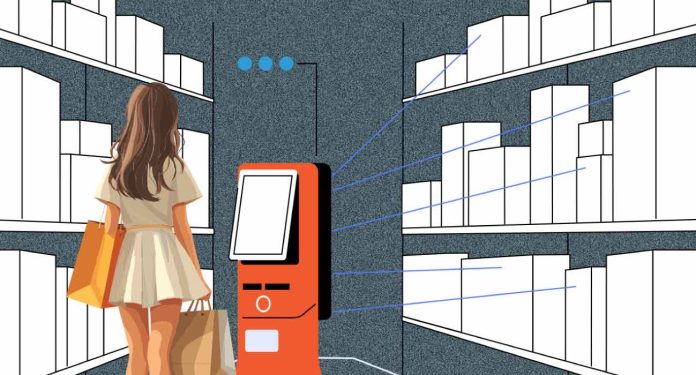






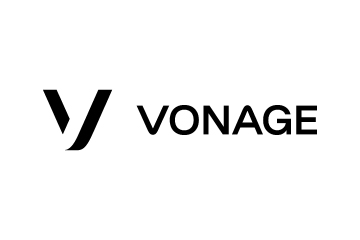
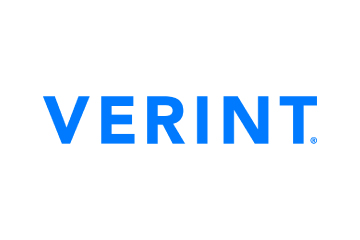
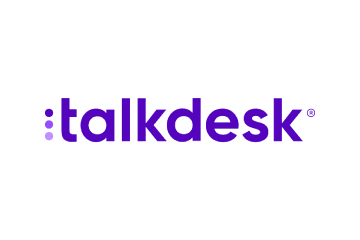

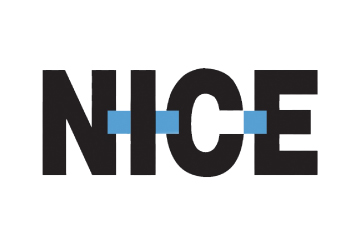



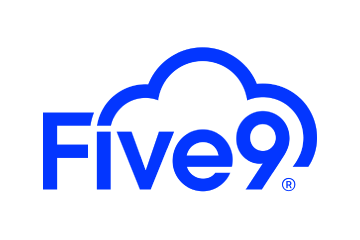



 Amplitude is a product analytics platform, enabling businesses to track visitors with the help of collaborative analytics. The platform leverages the capabilities of
Amplitude is a product analytics platform, enabling businesses to track visitors with the help of collaborative analytics. The platform leverages the capabilities of 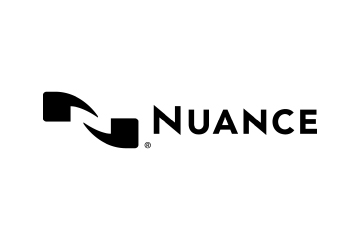

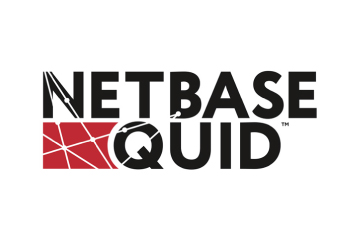
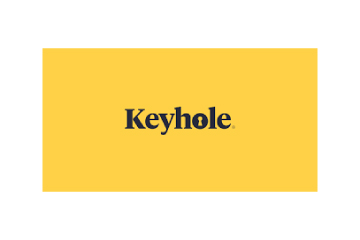

 Zoho Social, a part of Zoho’s suite of 50+ products, is a comprehensive social media management platform for businesses and agencies. The Zoho Social dashboard includes a robust set of features, such as Publishing Calendar, Bulk Scheduler, and Approval Management to offer businesses all the essential social media publishing tools. Its monitoring tools help enterprises track and respond to relevant social conversations.
Zoho Social, a part of Zoho’s suite of 50+ products, is a comprehensive social media management platform for businesses and agencies. The Zoho Social dashboard includes a robust set of features, such as Publishing Calendar, Bulk Scheduler, and Approval Management to offer businesses all the essential social media publishing tools. Its monitoring tools help enterprises track and respond to relevant social conversations.

 Microsoft Dynamics 365 represents a robust cloud-based CRM solution with features such as pipeline assessment, relationship analytics, and conversational intelligence. It utilises AI-powered insights to provide actionable intelligence via predictive analytics, lead scoring, sentiment analysis, etc. Currently, Microsoft operates in 190 countries and is made up of more than 220,000 employees worldwide.
Microsoft Dynamics 365 represents a robust cloud-based CRM solution with features such as pipeline assessment, relationship analytics, and conversational intelligence. It utilises AI-powered insights to provide actionable intelligence via predictive analytics, lead scoring, sentiment analysis, etc. Currently, Microsoft operates in 190 countries and is made up of more than 220,000 employees worldwide.
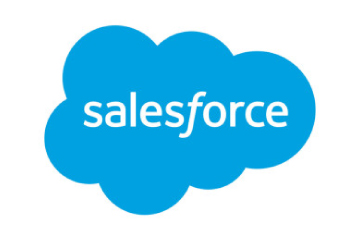
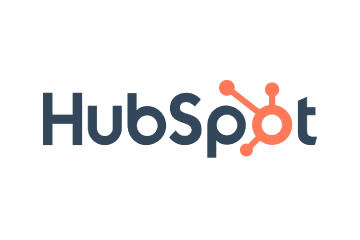 HubSpot is an inbound marketing, sales, and customer service software provider, offering robust CRM and automation solutions. Some of its products include Marketing Hub, Sales Hub, Operations Hub, Content Hub, Commerce Hub, Marketing Analytics and Dashboard Software. Guided by its inbound methodology, HubSpot enables companies to prioritise innovation and customer success.
HubSpot is an inbound marketing, sales, and customer service software provider, offering robust CRM and automation solutions. Some of its products include Marketing Hub, Sales Hub, Operations Hub, Content Hub, Commerce Hub, Marketing Analytics and Dashboard Software. Guided by its inbound methodology, HubSpot enables companies to prioritise innovation and customer success.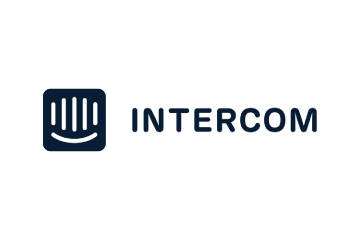
 Monday.com is a project management software company, offering a cloud-based platform that enables businesses
Monday.com is a project management software company, offering a cloud-based platform that enables businesses 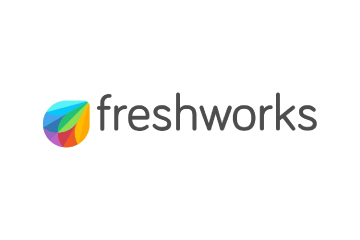 Headquartered in San Mateo, California, Freshworks is a global AI-powered business software provider. Its tech stack includes a scalable and comprehensive suite for IT, customer support, sales, and marketing teams, ensuring value for immediate business impact. Its product portfolio includes Customer Service Suite, Freshdesk, Freshchat, Freshcaller, Freshsuccess, and Freshservice. Freshservice for Business Teams has helped several global organisations to enhance their operational efficiency.
Headquartered in San Mateo, California, Freshworks is a global AI-powered business software provider. Its tech stack includes a scalable and comprehensive suite for IT, customer support, sales, and marketing teams, ensuring value for immediate business impact. Its product portfolio includes Customer Service Suite, Freshdesk, Freshchat, Freshcaller, Freshsuccess, and Freshservice. Freshservice for Business Teams has helped several global organisations to enhance their operational efficiency.
 Talkdesk offers an innovative AI-powered customer-centric tech stack to its global partners. The company provides generative AI integrations, delivering industry-specific solutions to its customers. Talkdesk CX Cloud and Industry Experience Clouds utilise modern machine learning and language models to enhance contact centre efficiency and client satisfaction.
Talkdesk offers an innovative AI-powered customer-centric tech stack to its global partners. The company provides generative AI integrations, delivering industry-specific solutions to its customers. Talkdesk CX Cloud and Industry Experience Clouds utilise modern machine learning and language models to enhance contact centre efficiency and client satisfaction.




 The company offers comprehensive cloud-based solutions, such as Microsoft Dynamics 365, Gaming Consoles, Microsoft Advertising, Copilot, among other things, to help organisations offer enhanced CX and ROI. Its generative-AI-powered speech and voice recognition solutions,such as Cortana and Azure Speech Services empowers developers to build intelligent applications.
The company offers comprehensive cloud-based solutions, such as Microsoft Dynamics 365, Gaming Consoles, Microsoft Advertising, Copilot, among other things, to help organisations offer enhanced CX and ROI. Its generative-AI-powered speech and voice recognition solutions,such as Cortana and Azure Speech Services empowers developers to build intelligent applications.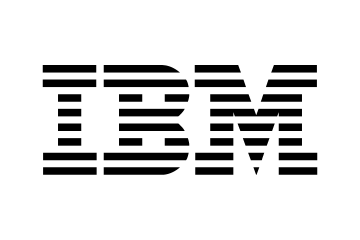 IBM is a global hybrid cloud and AI-powered
IBM is a global hybrid cloud and AI-powered  Uniphore is an enterprise-class, AI-native company that was incubated in 2008. Its enterprise-class multimodal AI and data platform unifies all elements of voice, video, text and data by leveraging Generative AI, Knowledge AI, Emotion AI and workflow automation. Some of its products include U-Self Serve, U-Assist, U-Capture, and U-Analyze. Its Q for Sale is a conversational intelligence software that guides revenue teams with AI-powered insights, offering clarity on how to effectively keep prospects engaged.
Uniphore is an enterprise-class, AI-native company that was incubated in 2008. Its enterprise-class multimodal AI and data platform unifies all elements of voice, video, text and data by leveraging Generative AI, Knowledge AI, Emotion AI and workflow automation. Some of its products include U-Self Serve, U-Assist, U-Capture, and U-Analyze. Its Q for Sale is a conversational intelligence software that guides revenue teams with AI-powered insights, offering clarity on how to effectively keep prospects engaged. Google Cloud accelerates every organisation’s ability to digitally transform its business. Its enterprise-grade solutions leverage modern technology to solve the most criticial business problems
Google Cloud accelerates every organisation’s ability to digitally transform its business. Its enterprise-grade solutions leverage modern technology to solve the most criticial business problems  8×8 offers out-of-the-box contact centre solutions, assisting all-size businesses to efficiently meet customer needs and preferences. It offers custom CRM integrations support and integrates effortlessly with third-party CRMs like Salesforce, Microsoft Dynamics, Zendesk, and more. Offering global support in all time zones & development teams in 5 continents, its patented geo-routing solution ensures consistent voice quality.
8×8 offers out-of-the-box contact centre solutions, assisting all-size businesses to efficiently meet customer needs and preferences. It offers custom CRM integrations support and integrates effortlessly with third-party CRMs like Salesforce, Microsoft Dynamics, Zendesk, and more. Offering global support in all time zones & development teams in 5 continents, its patented geo-routing solution ensures consistent voice quality. Sprinklr is a comprehensive enterprise software company for all customer-focused functions. With advanced AI, Sprinklr’s unified customer experience management (Unified-CXM) platform lets organisations offer human experiences to every customer, every time, across any modern channel.
Sprinklr is a comprehensive enterprise software company for all customer-focused functions. With advanced AI, Sprinklr’s unified customer experience management (Unified-CXM) platform lets organisations offer human experiences to every customer, every time, across any modern channel.

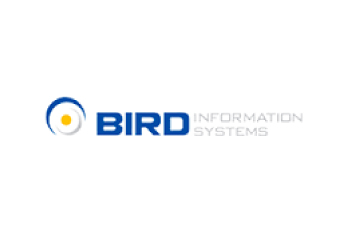
 Upland offers a comprehensive suite of contact centre and customer service solutions with products including InGenius, Panviva, Rant & Rave, and RightAnswers. InGenius enables organisations to connect their existing phone system with CRM, further enhancing agent productivity. Panviva provides compliant and omnichannel capabilities for highly regulated industries. Whereas, Rant & Rave, and RightAnswers are its AI-powered solutions,
Upland offers a comprehensive suite of contact centre and customer service solutions with products including InGenius, Panviva, Rant & Rave, and RightAnswers. InGenius enables organisations to connect their existing phone system with CRM, further enhancing agent productivity. Panviva provides compliant and omnichannel capabilities for highly regulated industries. Whereas, Rant & Rave, and RightAnswers are its AI-powered solutions, 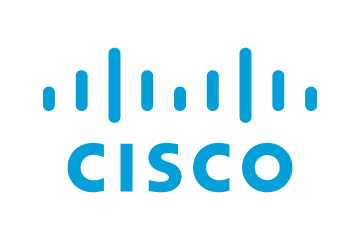


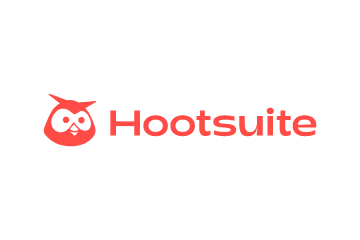 Hootsuite, headquartered in Vancouver, is a social media management platform that streamlines the process of managing multiple social media accounts. Some of its core offerings include social media content planning and publishing, audience engagement tools, analytics and social advertising. Its easy-to-integrate capabilities help marketing teams to schedule and publish social media posts efficiently.
Hootsuite, headquartered in Vancouver, is a social media management platform that streamlines the process of managing multiple social media accounts. Some of its core offerings include social media content planning and publishing, audience engagement tools, analytics and social advertising. Its easy-to-integrate capabilities help marketing teams to schedule and publish social media posts efficiently.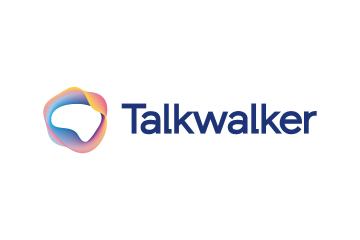

 Brandwatch enables businesses to build and scale the optimal strategy for their clients with intuitive, use-case-focused tools that are easy and quick to master. Bringing together consumer intelligence and social media management, the company helps its users react to the trends that matter, collaborate on data-driven content, shield the brand from threats and manage all the social media channels at scale.
Brandwatch enables businesses to build and scale the optimal strategy for their clients with intuitive, use-case-focused tools that are easy and quick to master. Bringing together consumer intelligence and social media management, the company helps its users react to the trends that matter, collaborate on data-driven content, shield the brand from threats and manage all the social media channels at scale.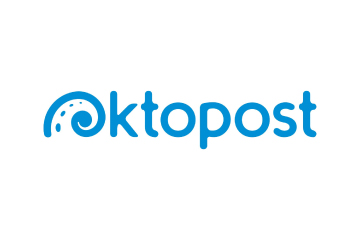

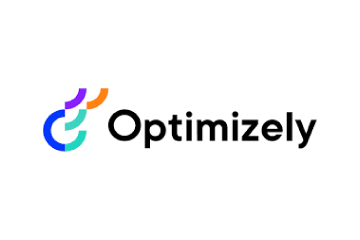
 Adobe Experience Cloud offers a comprehensive set of applications, capabilities, and services specifically designed to address day-to-day requirement for personalised customer experiences at scale. Its platform helps play an essential role in managing different digital content or assets to improve customer happiness. Its easy-to-optimise content gives users appropriate marketing streams, ensuring product awareness.
Adobe Experience Cloud offers a comprehensive set of applications, capabilities, and services specifically designed to address day-to-day requirement for personalised customer experiences at scale. Its platform helps play an essential role in managing different digital content or assets to improve customer happiness. Its easy-to-optimise content gives users appropriate marketing streams, ensuring product awareness.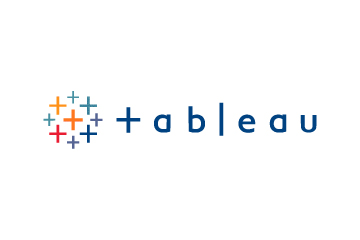 Salesforce-owned Tableau is an AI-powered analytics and business intelligence platform, offering the breadth and depth of capabilities that serve the requirements of global enterprises in a seamless, integrated experience. Marketers can utilise generative AI models, AI-powered predictions, natural language querying, and recommendationsons.
Salesforce-owned Tableau is an AI-powered analytics and business intelligence platform, offering the breadth and depth of capabilities that serve the requirements of global enterprises in a seamless, integrated experience. Marketers can utilise generative AI models, AI-powered predictions, natural language querying, and recommendationsons. Contentsquare is a cloud-based digital experience analytics platform, helping brands track billions of digital interactions, and turn those digital
Contentsquare is a cloud-based digital experience analytics platform, helping brands track billions of digital interactions, and turn those digital 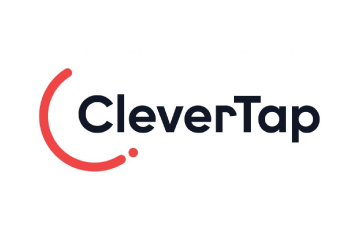
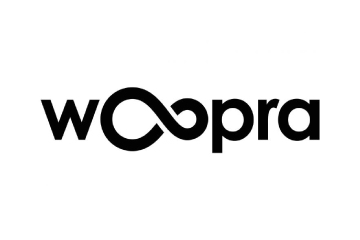
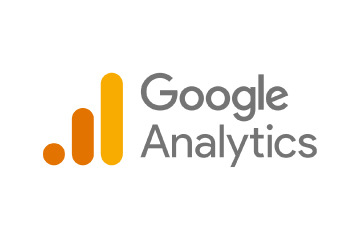
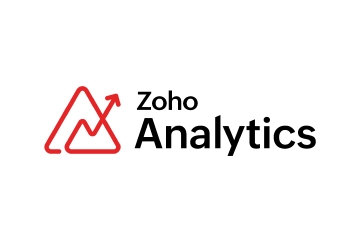 Zoho Corporation offers innovative and tailored software to help leaders grow their business. Zoho’s 55+ products aid sales and marketing, support and collaboration, finance, and recruitment requirements. Its customer analytics capabilities come with a conversational feature, Ask Zia. It enables users to ask questions and get insights in the form of reports and widgets in real-time.
Zoho Corporation offers innovative and tailored software to help leaders grow their business. Zoho’s 55+ products aid sales and marketing, support and collaboration, finance, and recruitment requirements. Its customer analytics capabilities come with a conversational feature, Ask Zia. It enables users to ask questions and get insights in the form of reports and widgets in real-time. Fullstory is a behavioural data platform, helping C-suite leaders make informed decisions by injecting digital behavioural data into its analytics stack. Its patented technology uncovers the power of quality behavioural data at scale, transforming every digital visit into actionable insights. Enterprises can increase funnel conversion and identify their highest-value customers effortlessly.
Fullstory is a behavioural data platform, helping C-suite leaders make informed decisions by injecting digital behavioural data into its analytics stack. Its patented technology uncovers the power of quality behavioural data at scale, transforming every digital visit into actionable insights. Enterprises can increase funnel conversion and identify their highest-value customers effortlessly.

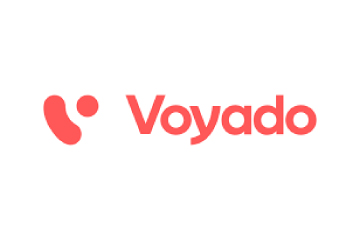 Started in 2005 in a Sweden-based small town, Norrköping, Voyado offers a customer experience cloud platform that includes a customer loyalty management system. This platform helps businesses design and implement customer loyalty programs, track customer
Started in 2005 in a Sweden-based small town, Norrköping, Voyado offers a customer experience cloud platform that includes a customer loyalty management system. This platform helps businesses design and implement customer loyalty programs, track customer 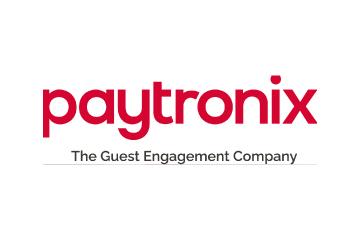


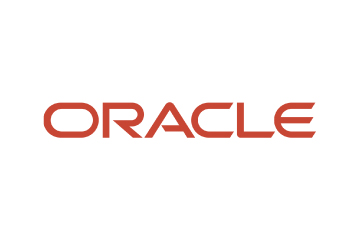
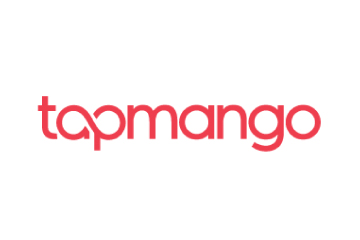 TapMango provides a comprehensive, customisable, flexible and feature-rich customer loyalty program. The loyalty tools include an integrated suite of customised consumer-facing technology, easy-to-use merchant tools, and automation algorithms, all aimed at enhancing customer experience. Adaptable to any industry, TapMango’s platform helps merchants compete with larger chains, converting customer one-time purchases into profitable spending habits.
TapMango provides a comprehensive, customisable, flexible and feature-rich customer loyalty program. The loyalty tools include an integrated suite of customised consumer-facing technology, easy-to-use merchant tools, and automation algorithms, all aimed at enhancing customer experience. Adaptable to any industry, TapMango’s platform helps merchants compete with larger chains, converting customer one-time purchases into profitable spending habits.
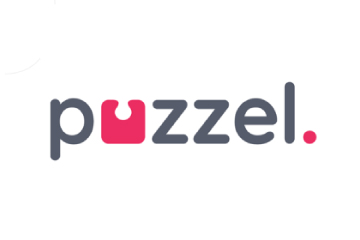
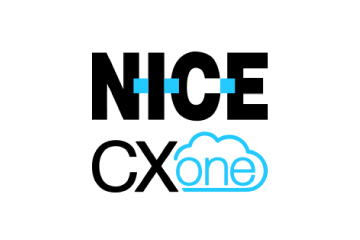
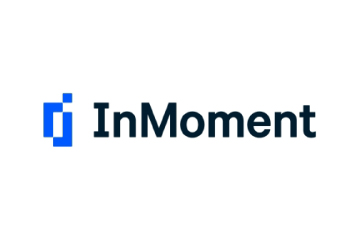

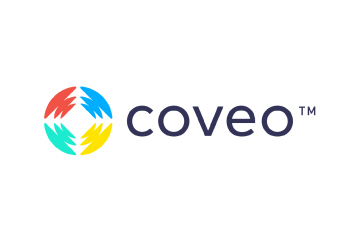
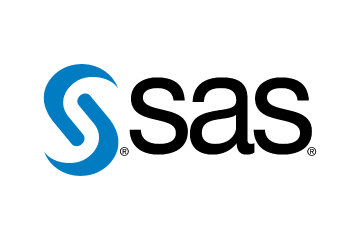
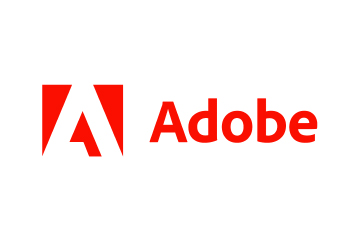 Adobe Experience Cloud offers a comprehensive set of applications, capabilities, and services specifically designed to address day-to-day requirements for personalised customer experiences at scale. Its innovative platform has played an essential role in managing different digital content or assets, to improve customer happiness or satisfaction. Some of its products include Adobe Gen Studio, Experience Manager Sites, Real-time CDP, and Marketo Engage.
Adobe Experience Cloud offers a comprehensive set of applications, capabilities, and services specifically designed to address day-to-day requirements for personalised customer experiences at scale. Its innovative platform has played an essential role in managing different digital content or assets, to improve customer happiness or satisfaction. Some of its products include Adobe Gen Studio, Experience Manager Sites, Real-time CDP, and Marketo Engage.

